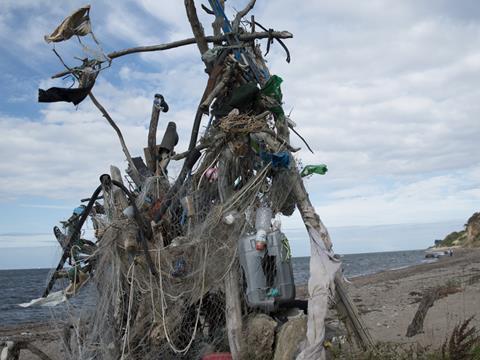
Put down your bottled water and hold your breath. Your drink and, indeed, the very air around you, is thick with microscopic shards of plastic. It won’t be long before your insides resemble those of a Playmobil figure.
Or maybe not. Today’s Daily Mail investigation into airborne microplastic has a wearyingly typical “WE’RE ALL DOOMED!” tone, but underneath the scaremongering there are the beginnings of an interesting health debate about plastic pollution. How much of a problem is it really? How does it affect our bodies? Can it be stopped or at least reduced? Exactly how panicky should we be?
The World Health Organization, for one, is seeking answers after tests at State University of New York in Fredonia found microplastic in “brand after brand” of bottled water. News of the WHO’s review broke last Thursday – the day of Zenith Global’s annual UK Bottled Water Conference in London. Naturally, more than a few gobs were smacked. My own included: what uncannily brilliant timing! I sat at the event holding my pen with glee as the morning’s proceedings were interrupted to welcome the harassed-looking general manager of the Natural Hydration Council, Kinvara Carey.
She hadn’t yet produced an official response to the State University study, but was quick to point out it hadn’t been peer-reviewed. She added some media reports suggested the problem of microplastic wasn’t specific to bottled water; they could very well be in the air, contaminating many types of food and drink (as the Mail suggests today). Health organisations such as the FSA didn’t believe there was cause for concern but couldn’t be certain, Carey said. “This is an emerging issue… A lot more work needs to be done.”
She was right about that. No one had the full story. Conjecture abounded. Someone suggested the US boffins had turned up their microscopes too high: “If you zoom in closely enough, you’ll find anything you want”.
Another claimed the problem was only Stateside. Bottle caps had been blamed for the shards, but – hey! – the way caps were made in the UK meant there was little to no risk of them fragmenting.
It’s the new “mobile phones are emitting deadly microwaves”, some wag suggested.
That afternoon, the NHC issued an official statement: “We would like to reassure the public that all naturally sourced bottled water is safe and is subject to significant testing.” No statistically relevant amount of microplastic had been found in bottled water, it added, and further investigation was necessary.
Again, that’s true. The matter shouldn’t make us act all panicky. But nor should it be dismissed. And while the science is being investigated, it would behove us all – suppliers, retailers and consumers – to think even harder about much plastic we use and why, and how we can lessen its impact on the world around us.




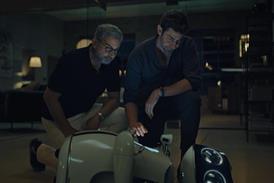





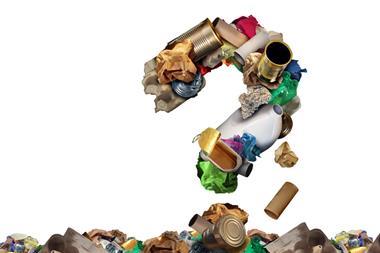
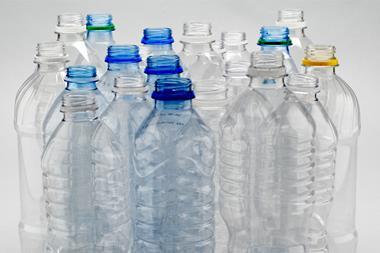



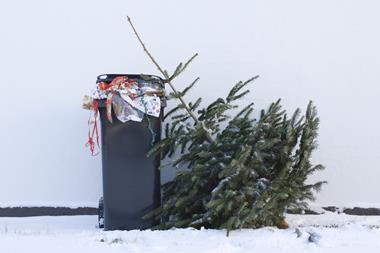

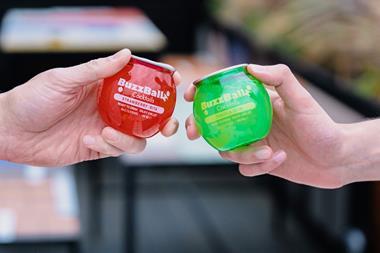

No comments yet